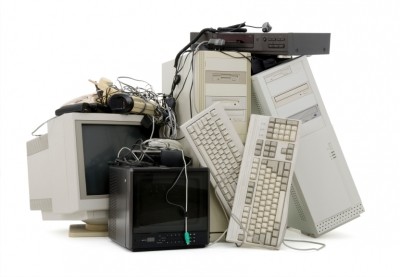
Dr. Moses Amweelo
July 13, 2012
ACCORDING to UN statistics, the global community produces a total of 40 million tonnes of e-waste every year – loaded into trucks the waste constitutes a chain that easily reaches around the globe.
Due to rapid product innovations and shorter replacement cycles, especially in ICT (IT Association SA- Industry Waste Management Plan, 2011), e-waste constitutes the fastest growing waste stream, specifically in developing countries, with estimates indicating that volumes could triple over the next five years.
E-waste is term used to cover almost all types of electrical and electronic equipment that have reached their product end of life cycle. It comprises three main categories, namely ICT and office equipment (e.g. desktop pc’s, laptops, copy-/fax machines, cell phones, and telephones); consumer electronics (e.g. TV, radio, HiFi’s, speakers) and household appliances (e.g. kettles, irons, vacuum cleaners). The Environmental Protection Agency (EPA) refers to Electronic Waste as “electronic products that are discarded by consumers.”
Electronic waste is not just waste, it contains some very toxic substances, such as mercury, lead, cadmium, arsenic, beryllium and brominated flame retardants. When the latter are burned at low temperatures they create additional toxins, such as halogenated dioxins and furans – some of the most toxic substances known to humankind.